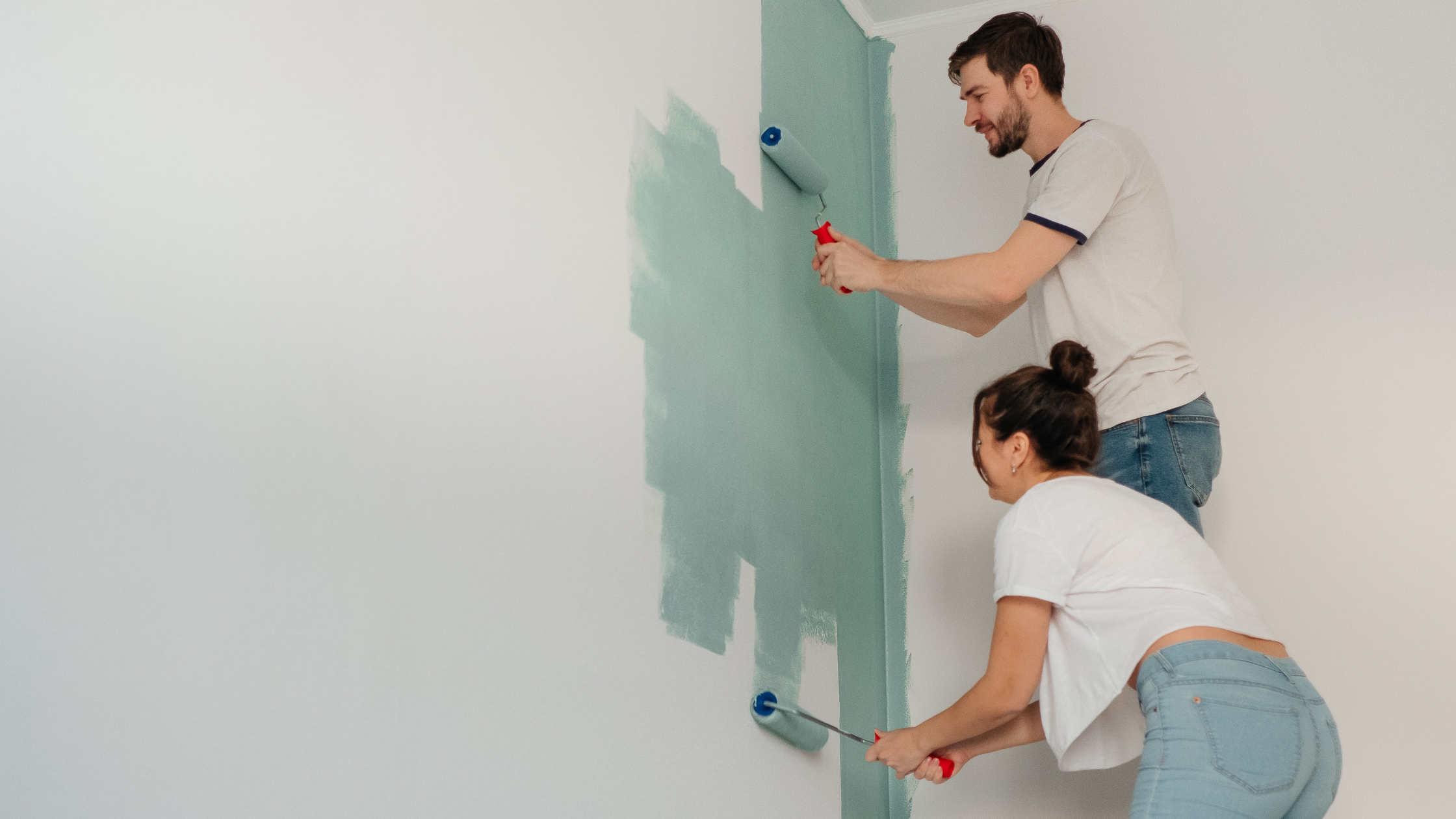Budgeting for a DIY Remodel: Where to Splurge and Where to Save
.png)

Planning a DIY home remodel can be both exciting and overwhelming, especially when it comes to managing your budget. While the do-it-yourself approach can save you significant money on labor costs, knowing where to invest your hard-earned dollars and where to cut corners is crucial for achieving professional-looking results without breaking the bank.
Setting Your Foundation: The 20-10-70 Rule
Before diving into specific areas, establish a solid budgeting framework. Many renovation experts recommend the 20-10-70 rule: allocate 20% of your budget for unexpected expenses, 10% for tools and equipment, and 70% for materials and fixtures. This approach ensures you're prepared for surprises while maintaining focus on quality materials that will stand the test of time.
Where to Splurge: Investments That Matter
Structural and Safety Elements

Never compromise on structural integrity or safety features. This includes:
- Electrical work: While you can handle basic installations, complex wiring should involve licensed professionals
- Plumbing: Invest in quality pipes, fittings, and fixtures to prevent costly water damage
- Insulation: High-quality insulation pays dividends in energy savings and comfort
High-Traffic Surfaces

Areas that endure daily wear deserve premium materials:
- Flooring: Quality hardwood, tile, or luxury vinyl will maintain their appearance longer than budget alternatives
- Countertops: In kitchens and bathrooms, durable surfaces like quartz or granite resist stains and scratches
- Paint: Premium paint provides better coverage, durability, and color retention
Tools for Multiple Projects

Invest in quality tools that you'll use repeatedly:
- A reliable drill/driver set
- Professional-grade measuring tools
- Quality brushes and rollers for painting
- A good circular saw or miter saw
Where to Save: Smart Cost-Cutting Strategies
Decorative Elements

Focus your savings on items that can be easily updated later:
- Light fixtures: Start with affordable options and upgrade over time
- Cabinet hardware: Simple, classic designs cost less and remain timeless
- Decorative trim: Basic profiles can look elegant with proper installation and paint
Non-Structural Materials

Consider budget-friendly alternatives for less critical applications:
- Drywall: Standard drywall works well for most applications; save specialty products for specific needs
- Basic lumber: For framing and structural work where appearance doesn't matter
- Primer and prep materials: Generic brands often perform as well as name brands
Labor You Can Learn

Take on tasks that require time rather than specialized skills:
- Painting and staining
- Basic tile installation
- Demolition work
- Landscaping and yard work
Strategic Shopping: Maximizing Your Dollar

Timing Your Purchases
- Shop end-of-season sales for outdoor materials
- Look for appliance sales during holiday weekends
- Buy lumber during off-peak construction seasons when possible
Alternative Sources
- Habitat for Humanity ReStores: Quality used fixtures and materials
- Contractor surplus stores: Overstock items at reduced prices
- Online marketplaces: Compare prices across multiple retailers
- Wholesale clubs: Bulk purchases for larger projects
Planning for Success

Create Detailed Lists
Organize your budget by room and category. This prevents impulse purchases and helps you track spending against your plan. Include:
- Material quantities and specifications
- Tool requirements
- Estimated timelines for each phase
Build in Flexibility
Reserve 15-20% of your budget for changes and upgrades you discover during the project. This buffer prevents you from making poor decisions under financial pressure.
Phase Your Project
Consider completing your remodel in phases, allowing you to:
- Spread costs over time
- Learn from early phases to improve later work
- Adjust your budget based on actual expenses
The Bottom Line

Successful DIY remodeling requires balancing quality investments with strategic savings. Focus your spending on elements that affect safety, durability, and daily function, while finding creative ways to save on purely aesthetic features that can be upgraded later.
Remember that your time has value too. Sometimes paying a bit more for pre-finished materials or hiring professionals for complex tasks can be more cost-effective than struggling through unfamiliar territory.
By thoughtfully planning where to splurge and where to save, you can achieve a beautiful, functional remodel that enhances your home's value while staying within your budget. The key is making informed decisions based on long-term value rather than just upfront costs.
At Niehaus Lumber, we understand that every DIY remodel is a balance between smart budgeting and quality choices. Whether you’re investing in durable flooring, premium countertops, or the right tools to get the job done, we have the materials and expertise to help you succeed. From essential lumber and insulation to fixtures, paint, and more, our team is here to guide you through every step of your project. With trusted products and knowledgeable staff, Niehaus Lumber makes it easier to turn your remodeling plans into reality without sacrificing quality or value.
